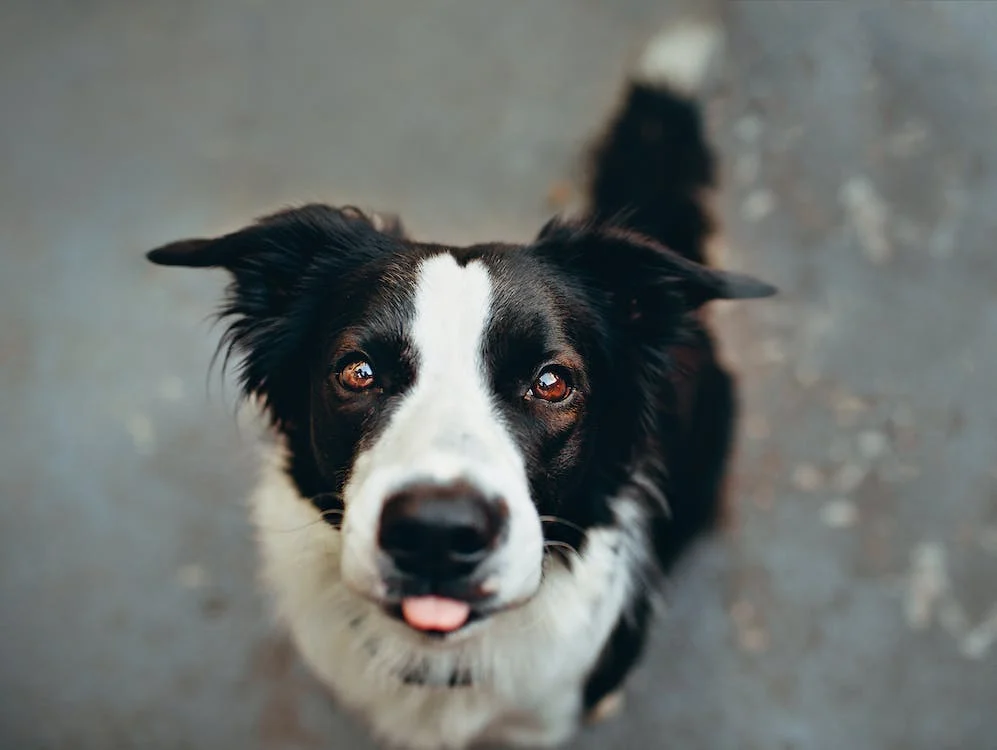Herding dogs are often known for their unique and beautiful appearance. Their coat conveys an affectionate nature, along with their exceptional talent when it comes to working in the field. As talented and devoted as they are, these dogs also have their playful side. Some herding dogs possess qualities that are irresistibly charming: they are playful and sweet, which is perfect not just in herding flocks but also in putting a smile on their owner’s face.
A great example of these herding dogs is the Spanish Water Dog. From the name itself, we can say that this dog is capable of working not only on land but also on the water. It may be recognized as a talented waterfowl retriever; this dog also built its reputation as an excellent herding dog. You can easily identify this breed because of its thick and beautiful coat, which serves as a shield against harmful elements outside – making it capable of working on the water.
A very playful dog that knows how to get the job done, the Spanish Water Dog is truly a one-of-a-kind dog if you are looking for a loving and hard-working breed.
Origins of the Spanish Water Dog
Interestingly, the Spanish Water Dog was known to exist many years ago. Because of this, there is no concrete record of the breed’s origins. Speculations show that the Spanish Water Dog came from North Africa and was brought by the Moors – a group of people that once dwell in Spain. Many breeders accept this theory; however, due to the lack of evidence, the breed’s origins are still unclear.
Besides speculations of the breed originating from North Africa, some theory suggests that the Spanish Water Dog was brought to Spain by Turkish traders. It is believed that the Turkish brought a working dog initially called “The Turkish Dog.” Ever since the breed’s introduction to Spain, it quickly gained recognition as a working dog. Breeders consider the breed as a versatile working dog, which could work effectively both as a waterfowl retriever and a sheepdog.
Over the years, the Spanish Water Dog continued to be a significant working dog, not just in Spain but also in other countries. The Spanish Water Dog’s greatness helped it build a strong reputation as a working dog, wherein many dog lovers are attracted to this breed’s charms. Today, this dog remained to be recognized as a herding dog, but it is also still known for working on the water as a retriever.
Characteristics of the Spanish Water Dog
Height: 15.75 – 19.75 inches
Weight: 31 – 49 pounds
Life Expectancy: 12 – 14 years
Hypoallergenic: No
As mentioned earlier, the Spanish Water Dog is described as a talented dog that could work efficiently both on land and water. The exceptional talent of the breed comes with a medium-sized body; it could stand up to more than nineteen inches tall and weighs up to roughly forty-nine pounds. This size proves to be effective when it comes to working both as a herding dog and a waterfowl retriever.
Speaking of its incredible skillset, the Spanish Water Dog possesses qualities that are sure to attract dog owners. If you are in need of a canine companion capable of working on the field, herding flocks – this dog is suitable for the job. It is packed with excellent traits that are ideal for sheepdogs. Furthermore, the breed’s water expertise is also remarkable. Many dog lovers admire the Spanish Water Dog for being able to work effectively on the water. Swimming is considered a simple task for the Spanish Water Dog, allowing it to perform waterfowl retrieving tasks.
Moreover, the Spanish Water Dog is also known for having a beautiful and thick coat. The breed’s coat is pretty easy to identify because of its tapered cords that come in various colors: black, brown, beige, white, or parti-color. This feature gives the Spanish Water Dog a unique appearance, but looks aren’t the only purpose of the tapered coat. This breed’s unique coat is thick enough to act as a shield against the harsh elements in the environment. For a dog that usually works on the water, the thick coat protects its body from diverse temperatures.

